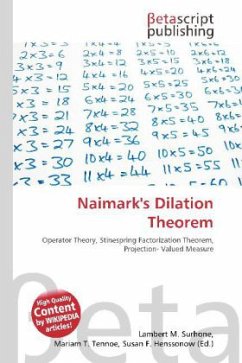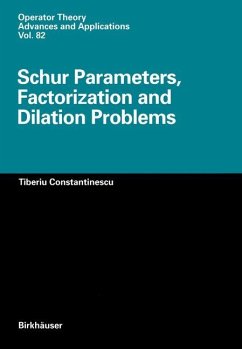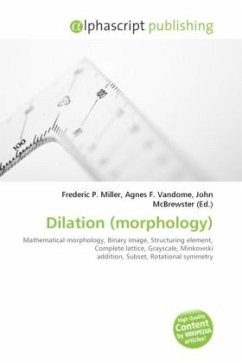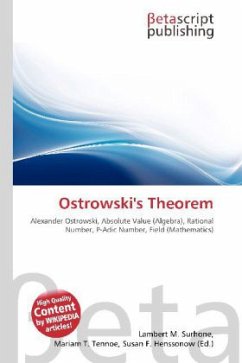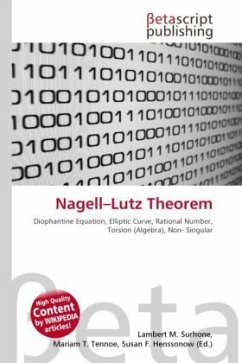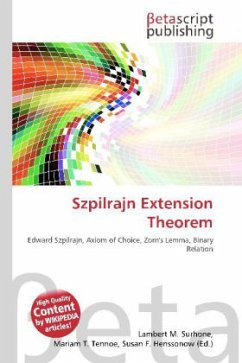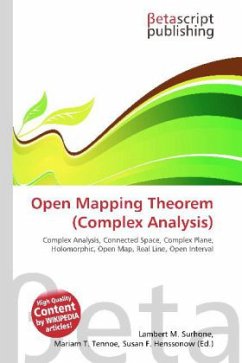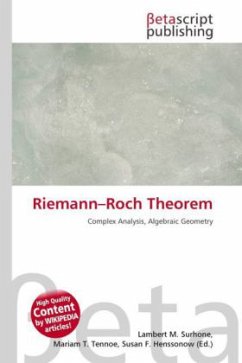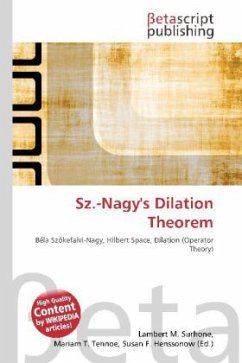
Sz.-Nagy's Dilation Theorem
Versandkostenfrei!
Versandfertig in 6-10 Tagen
19,99 €
inkl. MwSt.

PAYBACK Punkte
10 °P sammeln!
Please note that the content of this book primarily consists of articles available from Wikipedia or other free sources online. The Sz.-Nagy dilation theorem (proved by Béla Sz kefalvi-Nagy) states that every contraction T on a Hilbert space H has a unitary dilation U to a Hilbert space K. Moreover, such a dilation is unique (up to unitary equivalence) when one assumes K is minimal, in the sense that the linear span of nUnK is dense in K. When this minimality condition holds, U is called the minimal unitary dilation of T. The Schaffer form of a unitary Sz. Nagy dilation can be viewed as a beg...
Please note that the content of this book primarily consists of articles available from Wikipedia or other free sources online. The Sz.-Nagy dilation theorem (proved by Béla Sz kefalvi-Nagy) states that every contraction T on a Hilbert space H has a unitary dilation U to a Hilbert space K. Moreover, such a dilation is unique (up to unitary equivalence) when one assumes K is minimal, in the sense that the linear span of nUnK is dense in K. When this minimality condition holds, U is called the minimal unitary dilation of T. The Schaffer form of a unitary Sz. Nagy dilation can be viewed as a beginning point for the characterization of all unitary dilations, with the required property, for a given contraction. To see that this generalises Sz.-Nagy''s theorem, note that contraction operators have the unit disc D as a spectral set, and that normal operators with spectrum in the unit circle D are unitary.



